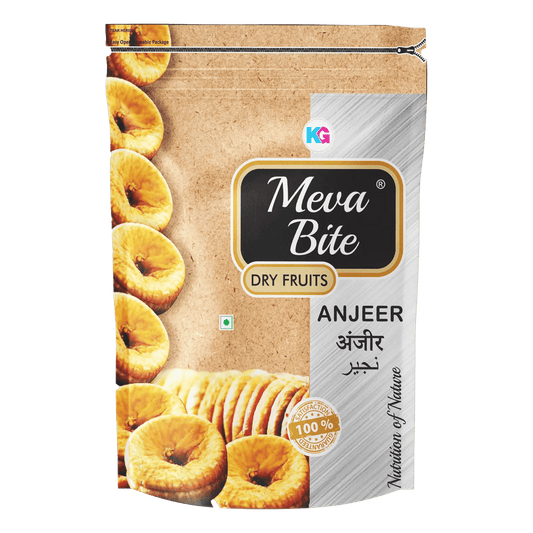What are the health benefits of using almond flour in rotis?
Short Answer: Almond flour is rich in nutrients, low in carbs, and gluten-free, making it a healthy alternative to traditional flour.
Long Answer:
-
Nutrient-Rich: Almond flour is packed with vitamins and minerals, including vitamin E, magnesium, and healthy fats. Vitamin E is a powerful antioxidant that helps protect cells from damage, while magnesium is essential for bone health and energy production. The healthy fats in almond flour, particularly monounsaturated fats, can support heart health by lowering bad cholesterol levels.
-
Low in Carbs: Almond flour contains fewer carbs compared to wheat flour, making it ideal for low-carb diets. For example, a cup of almond flour has about 20 grams of carbohydrates, while a cup of wheat flour has around 95 grams. This significant difference makes almond flour a popular choice for those following ketogenic or low-carb diets.
-
Gluten-Free: Almond flour is naturally gluten-free, suitable for individuals with gluten intolerance or celiac disease. Gluten is a protein found in wheat, barley, and rye, and it can cause digestive issues and other symptoms in people with gluten sensitivity. Almond flour provides a safe and tasty alternative for those who need to avoid gluten.
-
Heart-Healthy: The healthy fats in almond flour can help reduce bad cholesterol levels, promoting heart health. Studies have shown that the monounsaturated fats in almonds can help lower LDL (bad) cholesterol and raise HDL (good) cholesterol, which can reduce the risk of heart disease.
-
Blood Sugar Control: Almond flour has a low glycemic index, helping to maintain stable blood sugar levels. Foods with a low glycemic index release glucose slowly into the bloodstream, preventing spikes in blood sugar levels. This makes almond flour a good option for people with diabetes or those looking to manage their blood sugar levels.

How does the taste and texture of almond flour roti compare to traditional wheat roti?
Short Answer: Almond flour roti has a slightly nutty flavour and a softer, more delicate texture compared to wheat roti.
Long Answer:
-
Flavour: The nutty flavour of almond flour adds a unique taste to the roti, which can be a pleasant change from the traditional wheat taste. The subtle sweetness and nutty aroma of almond flour can complement a variety of dishes, making your meals more interesting and flavourful.
-
Texture: Almond flour roti tends to be softer and more delicate, which may require careful handling during preparation. Unlike wheat flour, almond flour lacks gluten, which gives dough its elasticity and structure. As a result, almond flour roti can be more fragile and may require a gentler touch when rolling and cooking.
-
Versatility: The unique taste and texture of almond flour roti can be paired well with various dishes, enhancing the overall meal experience. Whether you serve it with curries, dips, or as a wrap for your favourite fillings, almond flour roti can add a delightful twist to your meals.
-
Adaptability: While different from wheat roti, almond flour roti can be enjoyed by those looking for new culinary experiences or dietary alternatives. Its versatility and unique characteristics make it a great option for people who are exploring gluten-free, low-carb, or paleo diets.
Is almond flour roti suitable for people with dietary restrictions, such as gluten intolerance or diabetes?
Short Answer: Yes, almond flour roti is suitable for individuals with gluten intolerance and diabetes.
Long Answer:
-
Gluten Intolerance: Almond flour is gluten-free, making it a safe and delicious option for individuals with gluten intolerance or celiac disease. People with celiac disease must avoid gluten entirely, as it can cause severe digestive issues and damage the lining of the small intestine. Almond flour provides a tasty and nutritious alternative to wheat-based products.
-
Diabetes Management: The low glycemic index of almond flour helps regulate blood sugar levels, making it a good choice for people with diabetes. Consuming foods with a low glycemic index can help prevent spikes in blood sugar levels and improve overall blood sugar control. Almond flour's high fibre content also contributes to better blood sugar management.
-
Low Carb: Almond flour's low carbohydrate content supports low-carb and ketogenic diets, beneficial for weight management and metabolic health. A diet low in carbohydrates can help reduce insulin resistance, promote fat loss, and improve overall metabolic health. Almond flour roti can be a satisfying and nutritious addition to low-carb meal plans.
-
Rich in Healthy Fats: The healthy fats in almond flour provide sustained energy and can help manage hunger and cravings. Unlike carbohydrates, which can cause rapid spikes and drops in blood sugar levels, healthy fats provide a steady source of energy and help keep you feeling full for longer. This can be especially beneficial for people with diabetes or those trying to manage their weight.

What are some tips for making the perfect almond flour roti at home?
Short Answer: Use the right proportions, knead gently, and cook on medium heat for the perfect almond flour roti.
Long Answer:
-
Proportions: Mix almond flour with a small amount of tapioca flour or psyllium husk to improve the dough's elasticity. These ingredients can help bind the dough and make it easier to handle. A common ratio is to use one cup of almond flour with one tablespoon of tapioca flour or psyllium husk.
-
Kneading: Knead the dough gently to avoid making it too tough. Add water gradually to get the right consistency. The dough should be soft and pliable but not too sticky. You can also add a pinch of salt and a teaspoon of oil to enhance the flavour and texture.
-
Cooking Heat: Cook the roti on medium heat to ensure it cooks evenly without burning. Preheat the skillet or griddle before placing the roti on it. Cook each side for about 2-3 minutes until it is golden brown and cooked through. Avoid using high heat, as it can cause the roti to burn on the outside while remaining uncooked on the inside.
-
Rolling: Use parchment paper to roll the dough to prevent sticking. Roll it gently to avoid tearing. Place the dough between two sheets of parchment paper and roll it out to the desired thickness. You can also use a rolling pin or your hands to shape the roti. If the dough is too sticky, dust it with a small amount of almond flour.
-
Storage: Store the dough in the refrigerator if you need to prepare it in advance. Wrap it in plastic wrap to keep it moist.














